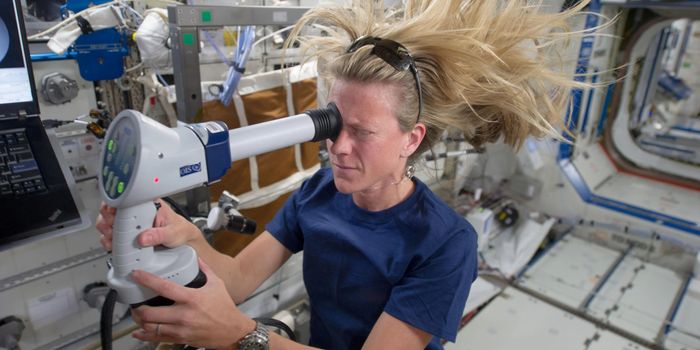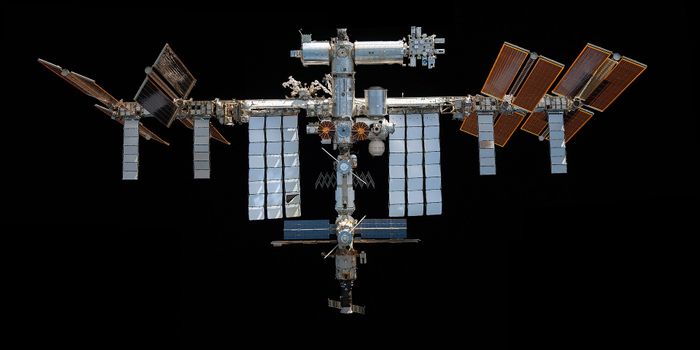JWST Takes Stunning Image of Pillars of Creation
The James Webb Space Telescope has taken not just one but two breathtaking images of the Pillars of Creation.
Located in the Eagle Nebula, the Pillars are about 6,500 light years away from earth. These massive columns are made of dust and gas and are the nurseries for forming stars. It’s one of the closest star-forming regions to our solar system—the closest is the Orion Nebula, 1,350 light years away.
The Hubble telescope first imaged this celestial body in 1995 and then again in 2014. However, the Hubble telescope was unable to see through the dust clouds, so the large pillars were opaque. The JWST’s cameras can “see” through the clouds and capture stars in the early stages of forming.
The most recent picture, taken by the JWST’s Mid-Infrared Instrument (MIRI), is shown below. The image spans an enormous distance of 8-9 light years.
The Near Infrared Camera (NIRCam) took the other image in early October, showing a different part of the infrared spectrum.

Both images were taken in the infrared spectrum and colored by correlating the IR wavelengths to colors—for instance, longer wavelengths would correspond to red, and shorter would be blue.
The small spots at the top of the pillar are baby stars or protostars. The image is full of stars at different stages of their lives.
Protostars are rotating balls of dust and gas collapsing onto themselves. Eventually, the hydrogen in the middle of the protostar will begin to fuse, which is what causes a star to glow.
The protostars shown in the image are so young they’re only glowing on the infrared spectrum, not visible to the human eye. They’re only a little warmer than their surroundings at -200°C, unlike a full-grown star, which burns at 2,000,000°C.
These images are similar to taking “x-rays of the human body,” said Professor Derek Ward-Thompson, head of the School of Natural Sciences at the University of Central Lancashire in the U.K., with several papers published on the Pillars of Creation.
“I'm sure that Webb's images will advance our understanding of how stars form and, hence, where our own sun came from," he said.









